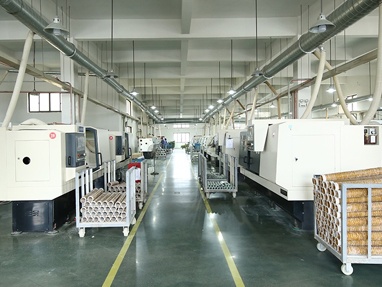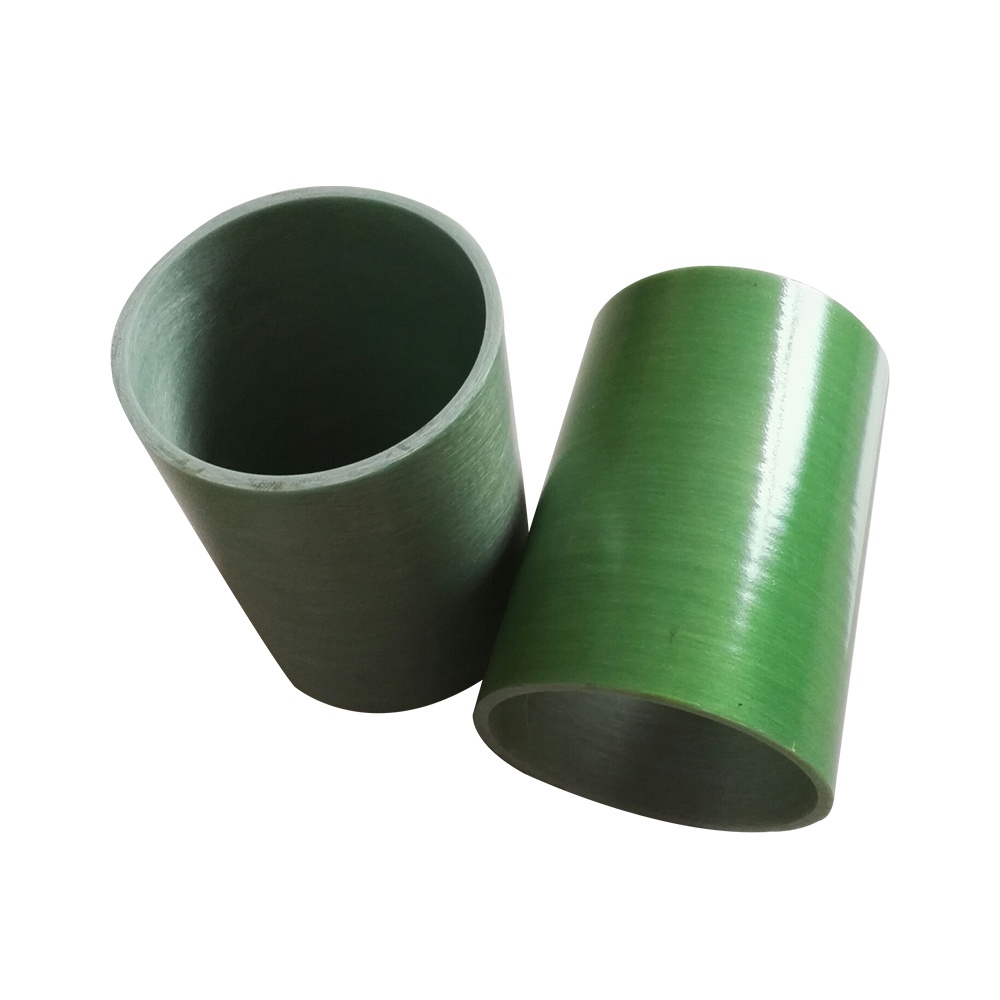Future outlook of FRP tubes for electrical insulation.
Introduction
FRP (fiber reinforced polymer) tubes are composite materials made of glass fibers and a polymer resin matrix. These tubes are commonly used in the power distribution industry as an electrical insulator for various applications such as overhead lines, underground cables, transformers, circuit breakers, and substations. Electrical insulation in power distribution systems is crucial to ensure safety, reliability, and efficiency of electricity transmission and distribution. This article discusses the manufacturing process, properties, applications, advantages, challenges, future outlook, and conclusion of FRP tubes for electrical insulation in power distribution systems.
Manufacturing Process of FRP Tubes for Electrical Insulation
The manufacturing process of FRP tubes involves multiple steps, including material selection, filament winding, and curing. The materials used in the manufacturing process include glass fibers, epoxy resin, and other additives such as fillers and pigments. The filament winding process involves winding the glass fibers around a rotating mandrel in a specific pattern while impregnating it with the epoxy resin matrix. The winding continues until the desired wall thickness is achieved. After the winding process, the tube undergoes a curing process through either heat or ambient temperature to complete the hardening of the epoxy resin. The resulting product is a rigid and durable FRP tube designed for electrical insulation in power distribution systems.

Properties of FRP Tubes for Electrical Insulation
FRP tubes for electrical insulation possess several properties that make them an attractive solution for the power distribution industry. These properties include:
- Electrical insulation properties: FRP tubes have high dielectric strength, low dielectric constant, and low dissipation factor, making them suitable for use as electrical insulators.
- Corrosion resistance: FRP tubes are highly resistant to chemical corrosion, moisture, and UV radiation, making them durable and long-lasting in harsh environments.
- Durability and longevity: FRP tubes are lightweight yet extremely strong, with exceptional resistance to mechanical stress and impact. This feature makes them more durable and long-lasting than traditional materials such as concrete or steel.
- Thermal resistance: FRP tubes have high thermal resistance, making them suitable for use in high-temperature environments such as transformers or circuit breakers.
- Mechanical strength: FRP tubes are lightweight yet extremely strong and can withstand high pressures and loads without deformation.
Applications of FRP Tubes for Electrical Insulation in Power Distribution Systems
FRP tubes are used for electrical insulation in various power distribution applications, including:
- Overhead lines: FRP tubes are used as insulators for transmission and distribution lines that run overhead.
- Underground cables: FRP tubes are used to provide insulation for underground cables that transport electricity from the source to the destination.
- Substations: FRP tubes are used in substations to provide insulation between different voltage levels.
- Transformers: FRP tubes are used to enclose transformers and provide electrical insulation between the high-voltage windings and ground.
- Circuit breakers: FRP tubes are used to insulate the open contacts of circuit breakers and prevent arcing.
Advantages of FRP Tubes for Electrical Insulation in Power Distribution Systems
The following are some advantages of using FRP tubes for electrical insulation in power distribution systems:
- Lightweight and easy to install: FRP tubes are much lighter than traditional materials such as concrete or steel, making them easier to handle and install.
- High resistance to environmental factors: FRP tubes have a high resistance to moisture, UV radiation, and chemical corrosion, making them ideal for harsh environments.
- Cost-effective compared to traditional materials: FRP tubes have a lower lifecycle cost compared to traditional materials, as they require less maintenance and have a longer service life.
- High dielectric strength: FRP tubes have a high dielectric strength, making them an excellent electrical insulator.
- Low maintenance requirements: FRP tubes require less maintenance compared to traditional materials, as they are highly resistant to corrosion, impact, and environmental factors.
Challenges and Limitations of FRP Tubes for Electrical Insulation in Power Distribution Systems
The use of FRP tubes for electrical insulation in power distribution systems also poses some challenges and limitations, including:
- Limited availability of standards and guidelines: There is a lack of standardized testing protocols and design codes for FRP tubes, which can cause challenges in their implementation and use.
- Higher initial investment costs for manufacturing and installation: The initial costs for manufacturing and installation of FRP tubes can be higher than traditional materials such as concrete or steel.
- Limited design flexibility compared to traditional materials: FRP tubes have limited design flexibility compared to traditional materials, making them challenging to adapt to unique design specifications and requirements.
Future Outlook for FRP Tubes for Electrical Insulation in Power Distribution Systems
The future outlook for FRP tubes for electrical insulation in power distribution systems is promising, as there are several emerging technologies and innovations in FRP materials. These advancements include the development of new composite materials with improved properties, such as increased thermal resistance and higher dielectric strength. Furthermore, advancements in manufacturing processes, including automation and process optimization, are leading to cost reductions and improved quality control. The increasing focus on sustainability and eco-friendliness in the power industry is also driving demand for FRP tubes as a more environmentally friendly solution. As technology continues to advance, we can expect to see even more widespread adoption of FRP tubes in the power distribution industry.

Conclusion
In conclusion, FRP tubes are an excellent solution for electrical insulation in power distribution systems, offering numerous advantages over traditional materials such as concrete or steel. Their lightweight, durable, and eco-friendly properties make them ideal for various applications such as overhead lines, underground cables, and transformers. Although there are challenges and limitations to their use, the future outlook for FRP tubes is positive, with emerging technologies and innovations in FRP materials leading to increased demand and adoption. With the continued advancement of technology and manufacturing processes, we can expect to see even greater use of FRP tubes in the power distribution industry in the coming years.

